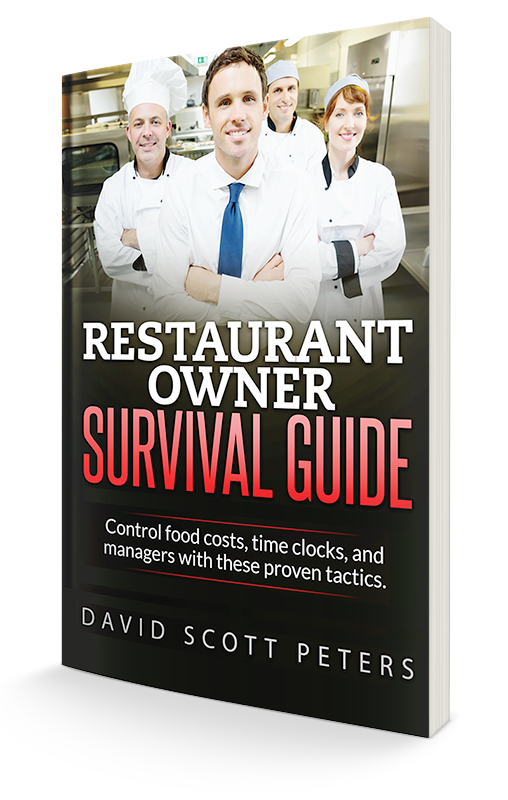What to Consider When Serving Salmon in Your Restaurant
 Fish Farming is one of the fastest growing forms of food production in the world. Nearly half the seafood eaten around the world is farm-raised. A burgeoning population growth, depleted wild fisheries, increased consumption, and the fact that growing fish and shrimp offers lucrative business prospects all are factors driving the practice.
Fish Farming is one of the fastest growing forms of food production in the world. Nearly half the seafood eaten around the world is farm-raised. A burgeoning population growth, depleted wild fisheries, increased consumption, and the fact that growing fish and shrimp offers lucrative business prospects all are factors driving the practice.
One of the most popular daily catches that is also one of the more popularly farmed fish is salmon. I have debated with chef colleagues and students regarding wild-caught versus farm-raised salmon for a couple years. The local grocery stores frequently offer relatively inexpensive salmon. The “catch” is that it is usually labeled “farm raised,” “previously frozen,” or the creepiest label EVER, “coloring added.”
What does that mean? Gross.
Farmed salmon are raised in net cages located in the ocean close off shore. There are many downsides to this method. Disease and parasites tend to multiply quickly in these densely populated feedlots and can spread to wild fish. In addition, fish farm waste drops to the ocean floor below the pens. Since there is no treatment of this waste, “dead zones” occur on the ocean bed. Marine life has been smothered and the waste passes contaminants into the ocean.
Millions of farmed salmon escape each year, competing with wild salmon for food and habitat. Interbreeding between wild and farmed fish may occur and could drastically change the genetics of wild salmon populations.
Since antibiotics are fed to farmed salmon to help fight disease outbreaks, residues of these antibiotics can be passed to humans who eat farmed salmon. This increases the risk of humans developing antibiotic resistance.
Early findings indicate that farmed salmon contain higher levels of Polychlorinated biphenyls (PCBs) and dioxins than wild salmon. These chemicals can cause cancer, high blood pressure, strokes, immune-system problems and reproductive disorders. PCBs and dioxins can also affect normal development in children.
The typical color of wild salmon comes from shellfish and certain insects that they consume. Because farmed salmon do not have this diet, their flesh is naturally gray. To make their product more marketable, some fish farm companies add chemical colorants to their fish feed. This dyes the flesh a more natural color. Preliminary research shows that farmed salmon does not offer the same health benefits as wild salmon. The fat content of farmed salmon is considerably higher than wild salmon and the composition of this fat is less healthy than the fat of wild salmon.
Salmon is really a fish that makes serious food lovers rejoice. If the above information doesn’t make you a convert to wild-caught seafood, consider purchasing two salmon fillets, one that is grown on a farm and one that is labeled wild, preferably Alaskan (where salmon aquaculture is prohibited) and prepare them exactly the same. Then compare appearance, texture and taste. Supporting the hard working men and women who supply us with wild-caught seafood supports non-corporate entities like us.
Bon Appétit!
For information on Seafood Sustainability visit www.montereybayaquarium.org/seafoodwatch.aspx


